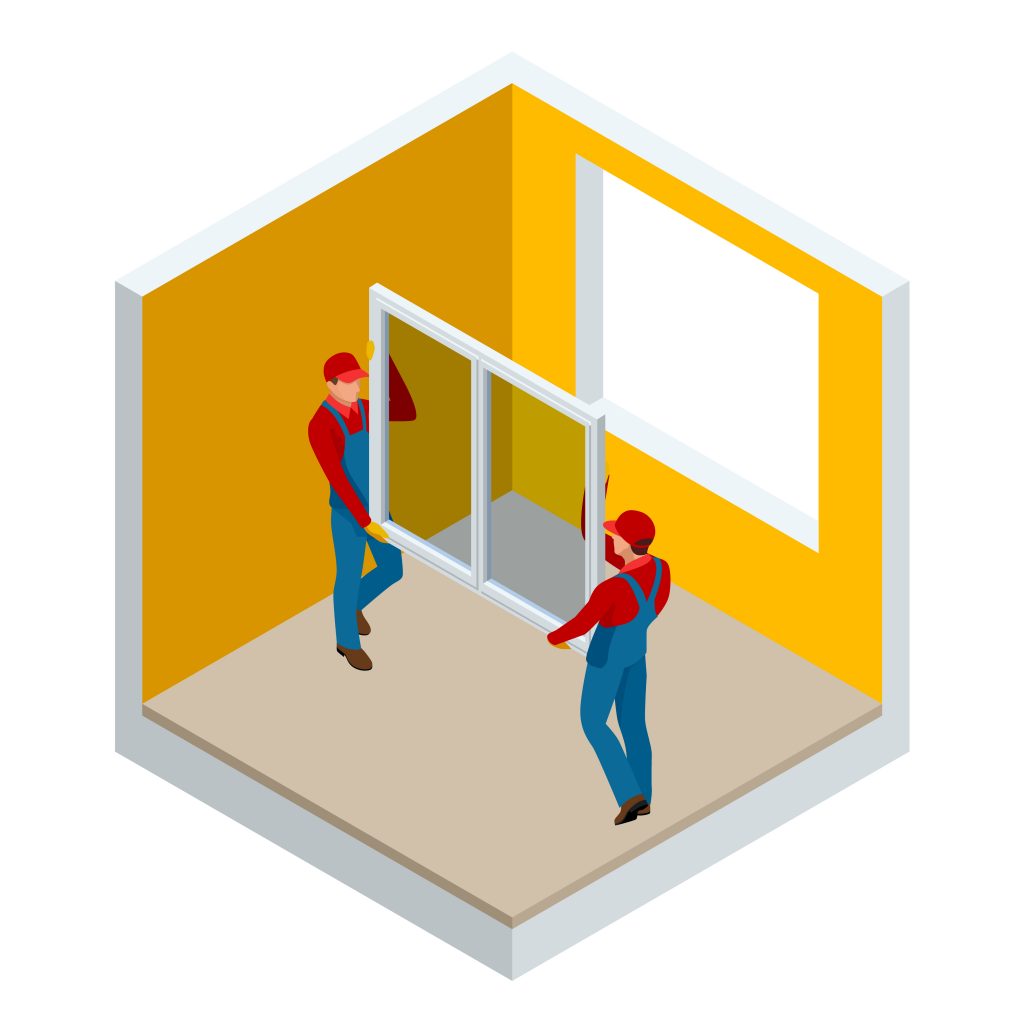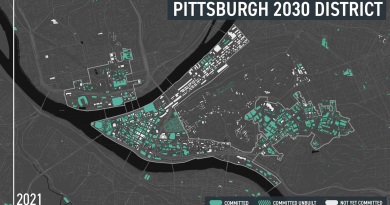Lansing Field Trip: Michigan Public Service Commission
Today marked my quarterly pilgrimage to the great center of Mitten-power, that is, Lansing, Michigan. I go up every few months for the Energy Waste Reduction work group meeting. The EWR committee is convened by the Michigan Public Service Commission in Lansing’s western inner burbs, and evolved alongside the Michigan Energy Efficiency For All (MEEFA) initiative that I also was a member of. (Elevate Energy‘s Briana Parker convenes MEEFA and is also a member of the EWR group).
Normal people may know “Energy Waste Reduction” as simply “energy efficiency.” Our beloved former governor Rick Snyder decided that the rebranding was an easier sell to spending-averse Republicans. Reducing incidence of a bad thing, the idea was, is better than creating a new thing. Cumbersome though the term is, I kind of agree with the objective. Waste is a bad thing. Efficiency is a good thing. But in a state where people think that buses are a communist conspiracy, it’s probably a point well-taken.
It is always a lively turnout. We had no coffee– I was reminded that the state can’t afford it and companies can’t donate it because public servants can’t accept gifts. But it was still a great program. Highlights below.
- Maddy Kamalay from MDHHS presented on its weatherization initiatives through the Bureau of Community Action and Economic Opportunity (BCAEO). The Bureau is weatherizing about 2,500 homes per year at an average spend of $9,500 per house. MDHHS conducted research to understand the root causes why 836 applicants were denied weatherization assistance, called “deferrals.” Roof repairs accounted for 22% of deferrals. This issue has come up in a number of previous meetings. What if you need to weatherize your home, but principally you need a new roof? 66% of the roof-related deferrals auspiciously did not necessitate roof replacement, which can be far more expensive than simpler repairs.
- Representing MDHHS and the Michigan Public Health Institute, respectively, were environmental epidemiologist Gillian Capper and Climate and Health Adaptation Program Manager Aaron Ferguson. Ferguson presented on managing climate change impacts in Michigan and Capper presented on research correlating weatherization implementation with substantial, quantifiable reduction in medical costs.
- Jen Shutts, with whom I had previously liaised during my brief stint as Chief Lead Inspector for the City of Detroit, presented on statewide lead safety initiatives. Working with federally-funded programs has allowed the state to expand some of the scope of their work to cover not only lead in construction and housing but also in water supply. This has come up frequently in recent months with lead-contaminated water. However, water testing is not required in most jurisdictions, including Detroit through its rental registration ordinance. The rental registration program has a long way to go, Shutts thinks, but she is encouraged by the city’s push to include lead safety in it.
- Habitat for Humanity, which does not have an active presence in Detroit these days, presented on a similar initiative.
- Elevate Energy and Consumers Energy did not present, but had representatives present. EGLE (pronounced “Eagle” and rebranded from MDEQ under Gretchen Whitmer and following the Flint crisis) also attended.
My biggest takeaway? EWR’s work is evidencing a growing nexus between public health and energy as far as both funding sources and outcomes. As weatherization initiatives have struggled to find and maintain funding, the ever-increasing cost of healthcare means that demonstrable outcomes are a huge incentive for healthcare providers to invest in this work as well. In lay terms, if your home is a more comfortable temperature and is built with healthier materials, you might be less likely to catch a cold. $10,000 is expensive for an insulation retrofit. But $10,000 is a bargain if it saves you $200 a month on your heating bill and saves you $10,000 in medical bills. Research now demonstrates in dollars and cents how this can work.

The then-Chief Risk Officer of Wells Fargo Advisors once told me that if you’re not making money in a bull market, you’re doing it wrong, but if you can make money in a bear market, you’re a genius. This advice applies to the scarcity of working with community development dollars: If you’re building a million-dollar house and you can’t swing net-zero or close, you’re probably doing it wrong. If you can build energy-efficient affordable housing, you’re definitely doing something right. And if you can demonstrably reduce healthcare and operating costs (utility bills) in affordable and low-income housing, you may well be quite clever.
Partnerships are crucially important in making this happen, which necessitates thinking outside the box. A few years ago, these were just ideas, and now there’s a body of research indicating that it’s being done and that it works. Thus is progress forged!
I also ran into Joel Howrani-Heeres of the City of Detroit Sustainability Office, Tim Skrotzki of Elevate Energy, Brett Little of West Michigan’s GreenHome Institute, and Justin Schott and Brittany Turner of EcoWorks– a who’s who of the best and the brightest in the state’s energy and sustainability scene!
Before leaving, I stopped for lunch (as I do on every trip) at Naing Myanmar, one of my favorite restaurants in the entirety of These United States. If you aren’t enjoying a papaya salad, plate of stir-fried noodles, or aromatic, spicy fish soup, get thee to this spot immediately.
Onward, and stay tuned for more EWR goings-on!


